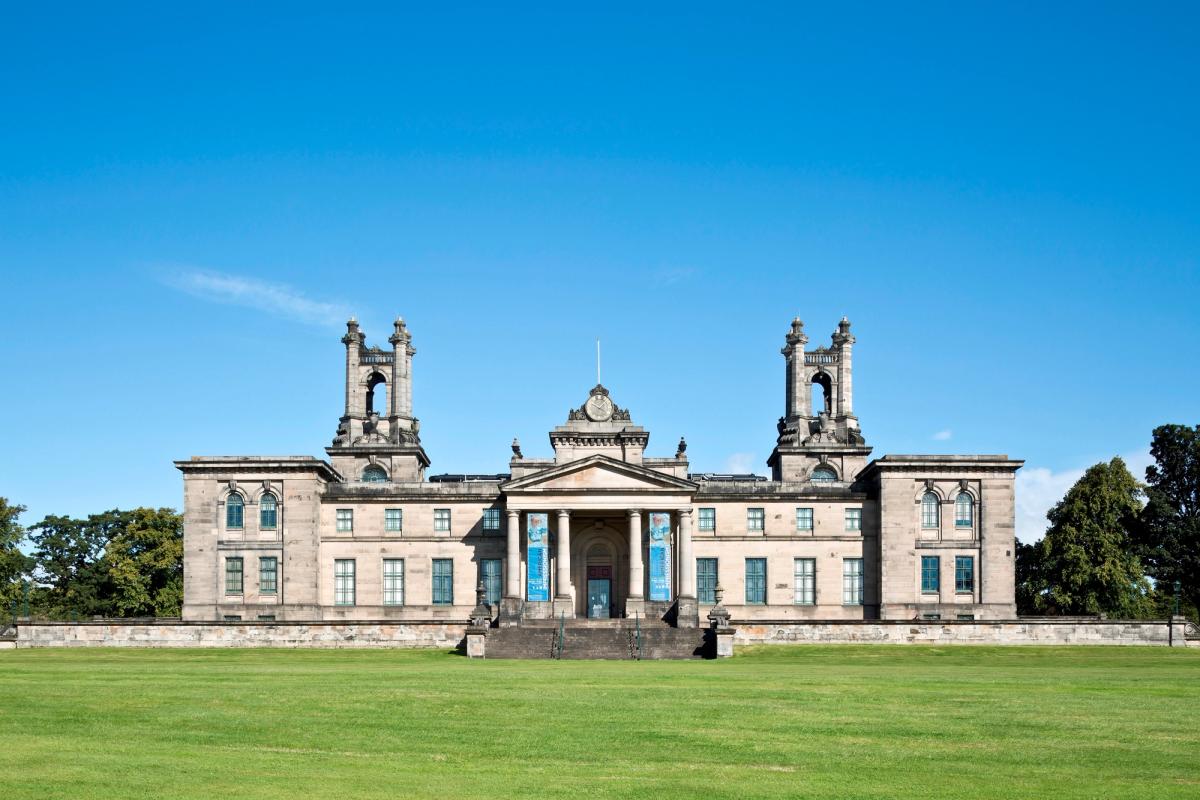Bosses at the National Galleries of Scotland (NGS) have warned that they face a “very challenging” financial outlook, according to a dossier first reported on in The Scotsman.
NGS, which comprises Scotland’s National, Portrait and Modern galleries—each located in Edinburgh—has pursued a number of cost-cutting schemes in recent years. These include a voluntary exit scheme, which saw 43 staff members leave between 2021 and 2022, as well as the temporary closure of its Modern Two building between autumn 2022 and spring 2023. However, in a new report compiled by senior executives Donella Steel and Elaine Anderson, those at the top of the organisation admit that they are still struggling to “find a path to a balanced budget.”
The extent of the challenge is made clear in the report. For the year 2024/25, 95% of the grant-in-aid that NGS receives from the Scottish government will go towards salary costs, and the remaining 5% will not be sufficient to cover additional running costs such as utility bills and estate management. NGS will attempt to raise funds to pay these costs through visitor donations and membership subscriptions, however the outlook is deeply unfavourable, and senior representatives have warned that the budget settlement leaves the organisation “in a deficit position”.
Steel and Anderson argue that the current situation is partly due to a sharp increase in energy costs. According to the report, which has been sent to the Scottish parliament, the galleries experienced a 72% increase in such costs over the past two years. NGS has been attempting to reduce its energy use, due to the growing expense but also following a demand from the Scottish government that it bring energy costs down 5% as part of an overall “efficiency reduction”. It is now, however, at the “minimum resource level” required to care for the national collection, according to the dossier.
This latest development follows an exciting few months for the National Galleries. The new £38.62m Scottish galleries at the National opened to much acclaim in September 2023 after seven years of renovation work. The space brings together works by prominent artists such William McTaggart and Charles Rennie Mackintosh, and has ensured that 63% of visitors to the National now explore the gallery’s Scottish art collection (compared with 19% of visitors previously). Furthermore, on 1 January, Anne Lyden began her tenure as the institution’s first ever female director-general in its 174-year history.
The current pressures, however, pose a significant threat to the institution. At the time of Modern Two’s closure in late 2022, former director-general Sir John Leighton warned that his only priority for the immediate future was “how we protect the collection, keep the lights on and doors open—and that is it.”
Speaking to The Art Newspaper this week, a spokesperson for the National Galleries said that the impact of the pandemic, high inflation and energy costs presents “a very real challenge and a need for us to think innovatively about what options are available to us to ensure we can continue to care for Scotland's collection, as well as remain free and open to all.”
News of financial woe at the nation’s art collection forms part of a recurring theme of funding doom and gloom within Scotland’s culture sector. The Scottish government recently came under fire for its £6.6m budget cut to Creative Scotland, the public body for the arts, screen and creative industries. Meanwhile, Edinburgh Fringe Festival boss Shona McCarthy has decried the “fragility” of the capital’s festivals in light of a lack of financial investment.


